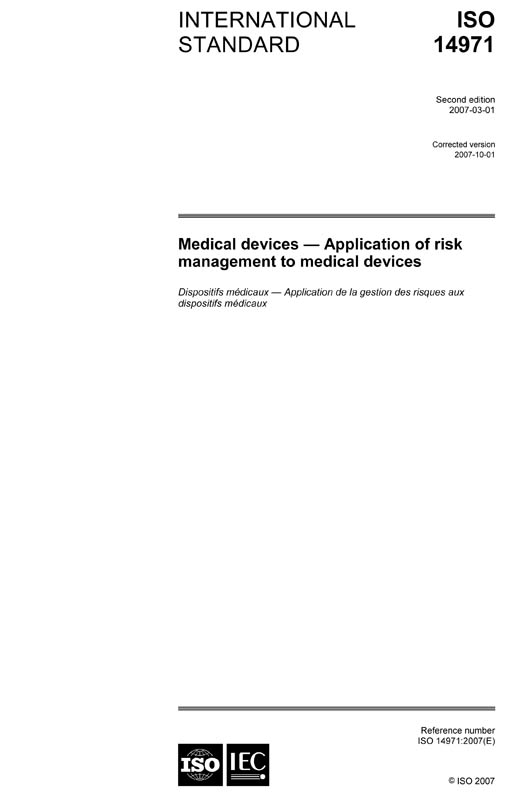
Bs En Iso 1461 Pdf Download
EN ISO 1461: coating minimum masses/ thickness on articles that are not. View & download. HDG Datasheet 4b. Galvanizing to Standard BS EN ISO 1461. Download as PDF or read online from Scribd. Flag for inappropriate content. Documentos similares a BS-EN-ISO-1461-1999.pdf. Vikas Taneja. Kapil Aggarwal. BS 4483-1985. Cara repair windows xp sp3 dengan flashdisk. Girt7016 Iss 2.
Hot dip galvanized coatings on fabricated iron and steel articles — Specifications and test methods Executive summary General properties and methods of test for hot dip galvanized coatings applied on fabricated iron and steel articles. Abstract This International Standard specifies the general properties of and methods of test for coatings applied by hot dipping in zinc (containing not more than 2% of other metals) on fabricated iron and steel articles. It provides general requirements on hot dip galvanizing baths, information to be supplied by the purchaser, and safety.
Specific requirements are given on sampling, coating properties and acceptance criteria. This standard does not apply to: • sheet and wire that are continuously hot dip galvanized; • tube and pipe that is hot dip galvanized in automatic plants; • hot dip galvanized products for which specific standards exist and which may include additional requirements or requirements different from those of this European Standard. After treatment/overcoating of hot dip galvanized articles is not covered by this standard. History and related standards This International Standard supersedes BS 729:1971 which is withdrawn. This standard includes the following cross-references: EN 1179, EN ISO 1460, EN 22063, EN ISO 2064, EN ISO 2178, ISO 752, ISO 2859-1, ISO 2859-3 and ISO 10474. Standard Number BS EN ISO 1461:1999 Title Hot dip galvanized coatings on fabricated iron and steel articles.
ISO 1461, Hot-dip galvanized coatings on fabricated iron and steel articles Specifications and test methods is produced by the International Organization for Standardization (ISO) as an industry standard for galvanizing. The standard holds requirements for hot-dip galvanized steel comparable to those found in both ASTM A123, Standard Specification for Zinc (Hot-Dip Galvanized) Coatings on Iron and Steel Products, and ASTM A153, Standard Specification for Zinc Coating (Hot-Dip) on Iron and Steel Hardware.
North American specifiers and galvanizers typically use for steel products and fasteners to be hot-dip galvanized. However, ISO 1461 which standardizes the European galvanizing industry both large structural pieces and centrifuged hardware is also sometimes used in Canada, the United States, and Mexico. If a customer wishes to use ISO 1461 on their project, galvanizers need to know what the requirements of the standard are and if they can meet them. As North American galvanizers, the question becomes, If I galvanize the steel to ASTM A123, will I meet the requirements of ISO 1461? The simple answer: Yes, if the requirements of ASTM A123 are met, then the requirements of ISO 1461 will more than likely also be met.
However, galvanizers should be aware of some small differences between the two specifications if they are going to be using ISO 1461 frequently. These differences exist within the testing methods of the two standards and slight overlaps in coating thickness requirements.

The ASTM and ISO standards share similar testing requirements for coating thickness. Both A123 and 1461 use a magnetic or electronic coating thickness gauge as the primary means for determining mean coating thickness of hot-dip galvanized steel. Both standards also rely on the weigh-strip-weigh procedure (referred to as the gravimetric method in ISO 1461) as an alternate method of determining coating thickness when magnetic gauges are not appropriate or as a referee method. The sampling requirements are extremely similar between the standards. Each standard requires a certain number of test articles or specimens to be randomly pulled from a lot and then be tested for coating thickness. The number of articles or specimens to be pulled from the lot is determined by ISO 1461 Table 1, which is exactly the same as the charts found in ASTM A123 section 7.3 and ASTM A153 section 6.2.
However, a difference lies in how the average is determined after the lot is broken down into this control sample. ISO 1461 requires that after a control sample is produced from the lot, the articles need to be further broken down into reference areas. Each reference area uses the average of five measurements within a small area to determine an average.